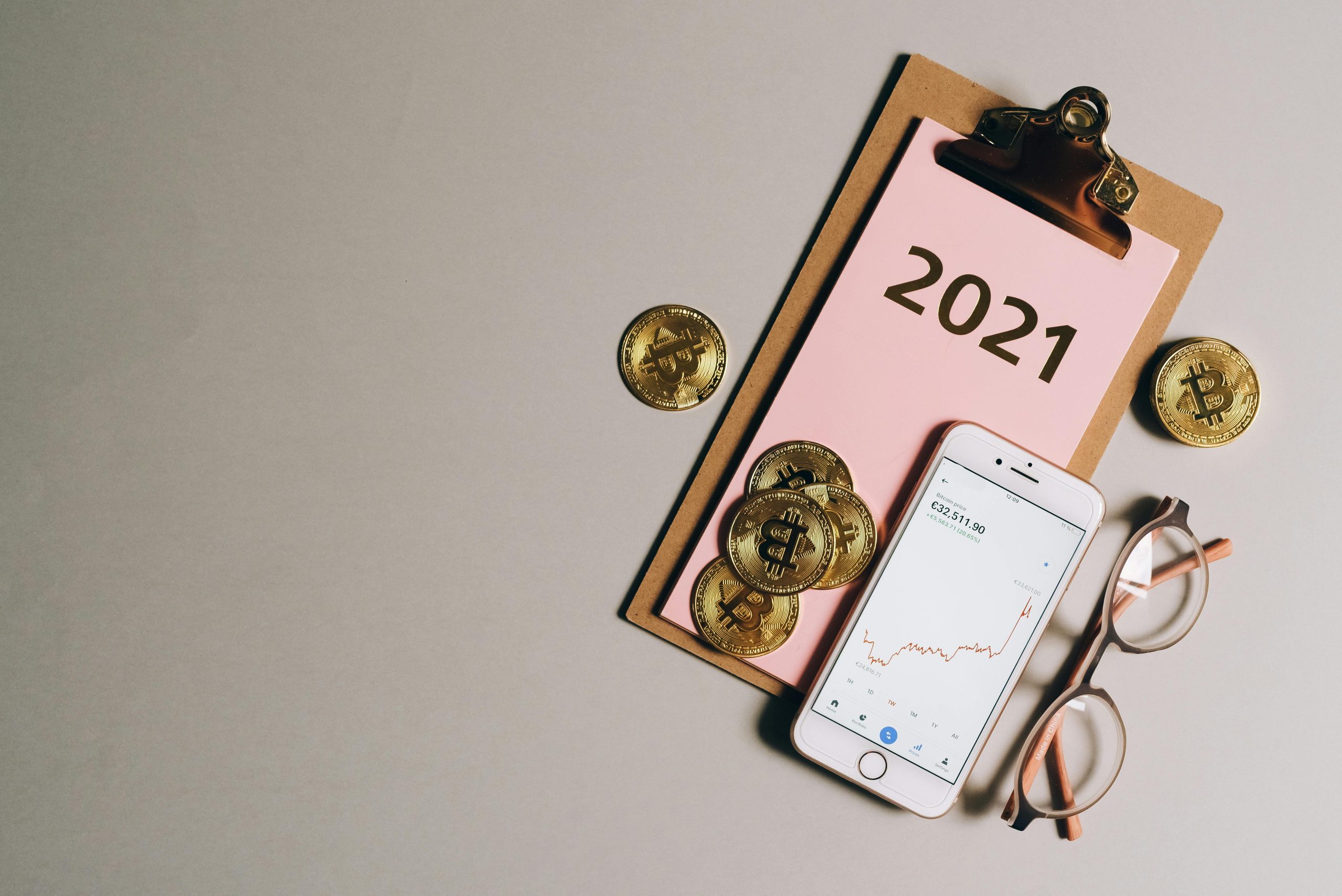Gold has long been considered a safe-haven asset, especially during times of economic uncertainty and market volatility. Investors flock to gold as a hedge against inflation, currency fluctuations, and geopolitical instability. However, predicting gold prices amid market volatility requires a deep understanding of macroeconomic factors, historical trends, and investor sentiment. This article explores the key drivers of gold prices, current market conditions, and expert predictions to help you make informed investment decisions.
Factors Influencing Gold Prices in Volatile Markets
Gold prices are influenced by a complex interplay of factors, many of which become even more pronounced during periods of market turbulence. Understanding these factors can provide valuable insights into future price movements.
1. Inflation and Interest Rates
Gold is often seen as a hedge against inflation. When inflation rises, the purchasing power of fiat currencies declines, making gold more attractive. Conversely, higher interest rates can strengthen the dollar, making gold more expensive for foreign investors and potentially dampening demand.
2. Geopolitical Tensions
Geopolitical instability, such as wars, trade disputes, or political crises, tends to drive investors toward safe-haven assets like gold. Increased uncertainty often leads to higher gold prices as investors seek stability.
3. Central Bank Policies
Central banks play a significant role in gold markets. Many central banks hold gold reserves and adjust their holdings based on economic conditions. Large-scale purchases or sales by central banks can impact global gold prices.
4. Market Sentiment and Speculation
Investor sentiment and speculative trading can cause short-term fluctuations in gold prices. During volatile periods, fear and uncertainty can lead to rapid price swings, making it essential to monitor market trends closely.
Current Market Conditions and Gold Price Trends
As of recent months, gold prices have experienced significant fluctuations due to a combination of economic and geopolitical factors. Here’s a breakdown of the current landscape:
- Inflation Concerns: Persistent inflation in major economies has kept gold prices elevated, as investors seek protection against eroding purchasing power.
- Interest Rate Hikes: Central banks, particularly the Federal Reserve, have raised interest rates to combat inflation, creating a tug-of-war between higher yields on bonds and gold’s safe-haven appeal.
- Geopolitical Risks: Ongoing conflicts and trade tensions have added to market uncertainty, supporting gold demand.
- Currency Movements: A stronger U.S. dollar has occasionally pressured gold prices, but the metal has shown resilience due to its dual role as a hedge and store of value.
Expert Gold Price Predictions for 2024-2025
Analysts and financial institutions have varying outlooks on gold prices, but several key themes emerge when examining their predictions:
Bullish Outlook
Some experts predict gold prices could reach new highs in the coming years, driven by:
- Sustained inflation and economic uncertainty.
- Potential easing of interest rates if central banks pivot to support growth.
- Increased demand from emerging markets and central banks.
Bearish or Cautious Outlook
Others caution that gold prices may face headwinds, including:
- A stronger U.S. dollar limiting upside potential.
- Improved economic conditions reducing safe-haven demand.
- Technological advancements in alternative investments like cryptocurrencies.
Consensus Forecast
Most analysts agree that gold will remain volatile but could trend upward over the long term, especially if inflation remains stubborn or geopolitical risks escalate.
Strategies for Investing in Gold Amid Volatility
Navigating gold price volatility requires a strategic approach. Here are some tips for smart gold investments:
1. Diversify Your Portfolio
Gold should be part of a diversified investment strategy. Allocate a portion of your portfolio to gold to mitigate risk without overexposing yourself to price swings.
2. Consider Different Gold Investment Vehicles
Investors can access gold through various instruments, including:
- Physical Gold: Bullion, coins, and jewelry.
- Gold ETFs and Mutual Funds: Easily tradable and liquid options.
- Gold Mining Stocks: Offers leverage to gold prices but carries additional risks.
- Futures and Options: Suitable for advanced investors.
3. Monitor Economic Indicators
Stay informed about key economic data, such as inflation reports, interest rate decisions, and geopolitical developments, to anticipate gold price movements.
4. Adopt a Long-Term Perspective
Gold is best viewed as a long-term hedge rather than a short-term speculative asset. Avoid reacting to daily price fluctuations and focus on broader trends.
Conclusion
Gold remains a cornerstone of prudent investing, especially in times of market volatility. While predicting exact price movements is challenging, understanding the key drivers—such as inflation, interest rates, and geopolitical risks—can help investors make informed decisions. By diversifying portfolios, choosing the right investment vehicles, and maintaining a long-term outlook, investors can navigate gold’s price fluctuations and capitalize on its enduring value. Whether you’re a seasoned investor or just starting, gold offers a timeless way to protect and grow your wealth in uncertain times.
